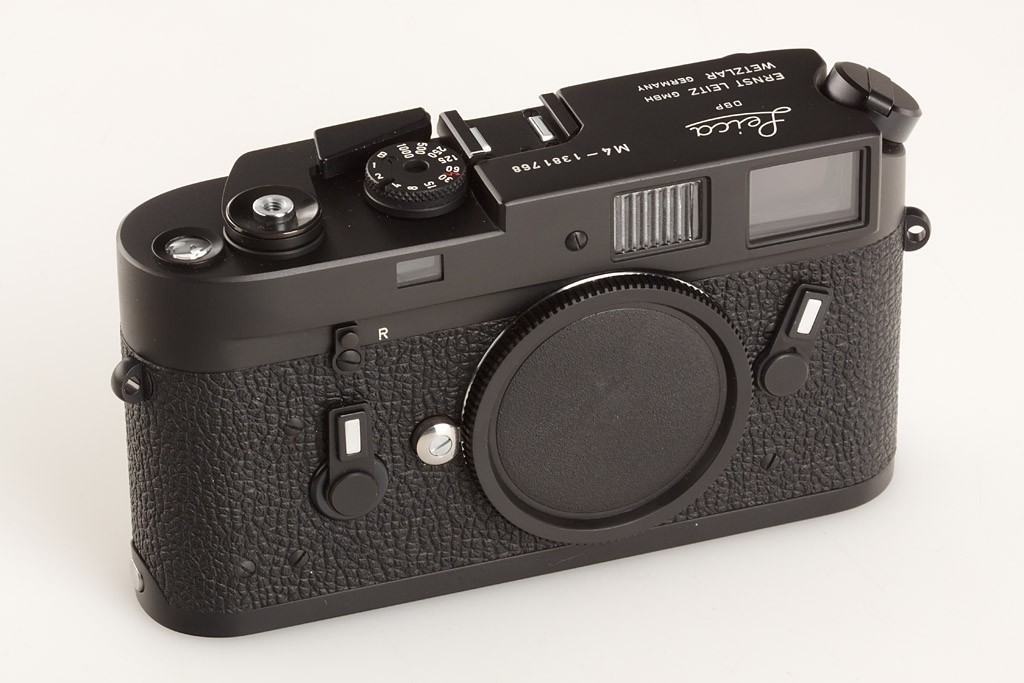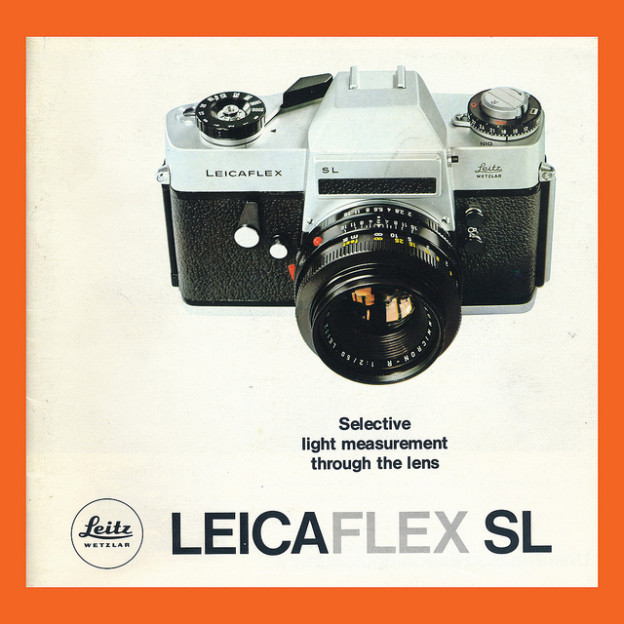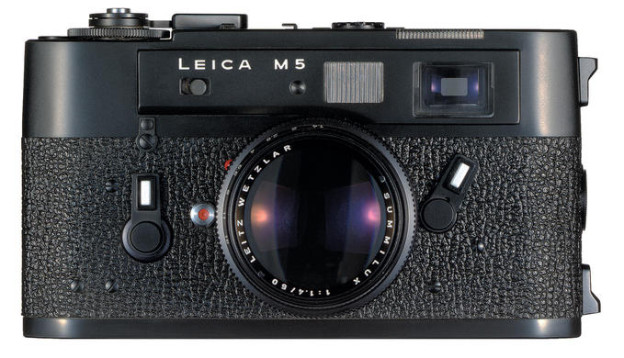 A Leica M3. A Beautiful Camera, No Doubt
A Leica M3. A Beautiful Camera, No Doubt
It’s a question I’m increasingly asking myself. It seems rather predictable these days: prospective first time Leica film camera owners fixate upon the M3 as their entree into Leica film camera ownership. Granted, find one in decent condition and it’s a wonderful camera, exemplifying all the characteristics associated with the hand-built fully mechanical M’s. And, of course, it’s iconic, the original Leica M, with a quarter million production run between its introduction in 1954 and its replacement with the M4 in 1966. But, if you’re considering buying an iconic mechanical M film camera, and assuming you’re going to want to use it to produce photographs as opposed to propping it up on a shelf somewhere, is it really the best choice?
If you want an “iconic” all mechanical film Leica M, you have 3 choices: the M3, the M2, or the M4. (I’m not going to even debate the relative merits of the LTM Leica IIIg, introduced by Leitz in 1957 as the culmination of the venerable Barnack screw-mount line. That’s a discussion for another day.) Starting with the M5, Leica incorporated metering into the M line, necessitating a battery but, more importantly, setting in motion the incremental increases in ergonomic complexity that led to the anti-iconic electronic M7. The M5 and M6, both metered, both excellent cameras, in my mind don’t qualify as “iconic” – just try to picture Henri Cartier-Bresson using an M5 or M6 to take the picture of that guy jumping over the puddle behind the Gare du Nord. Enough said.
As for the M4-2 and M4-P, both non-metered all mechanical M’s, purists argue they ‘really’ weren’t legitimate M’s but rather stop-gap cost-cutting throwbacks used by Leitz to buy time while they figured out what to do about the M line post-M5 debacle. At the very least, it’s a truism that neither camera was aimed at, or appealed to, the working photographer. If your goal is to own the camera that best embodies the M’s evolution from professional working tool to sentimental throwback, then the M4-2 is the camera for you. Plus, both it and the M4-P just look cheap, the M4-2 with a tacky “Leitz” logo stamped onto the top-plate; the M4-P with the same stamped logo and also a hideous red dot on the front vulcanite. Yuck. And they both continued the unfortunate trend, started with the M5 and brought down through the M lineage to this day, of stamping the “Leica” and the M designation on the front of the faceplate, an unnecessary cluttering up of the camera’s simple lines, with the result being the start of the now well-established practice of showing your hard-core Leicaphile cred by taping these over with black tape. Finally, there’s the recent all mechanical MP, an admirable attempt by Leica to maintain the iconic M profile in the digital age, but alas, too expensive and without any vintage cred.

 Neither of these are “iconic” Leica Film Cameras
Neither of these are “iconic” Leica Film Cameras
So, we’re left with the M2 and M4 as alternatives to the M3. The M2, prospective owners might think, would have come before the M3, but they’d be wrong. The M2 was first offered for sale in 1958, four years after the introduction of the M3, intended to be a simpler and less expensive alternative to the M3. There were some cost-cutting features vis a vis the M3: the exposure counter was an exposed dial you reset by hand as opposed to the M3’s auto-reset windowed counter, and Leitz found a way to cut production costs of its viewfinder in relation to the costs of the M3 viewfinder; but, the M2 viewfinder is main reason many working photographers opted for the M2 over the M3, and I would argue it’s also the reason the M2 remains the preferable alternative if you’re a first time Leica Film camera owner.
 This One Certainly Is
This One Certainly Is
The results of long experience with M’s by serious photographers seems to have confirmed the belief that the true “native” focal length for the 35mm rangefinder camera is a 35mm lens, itself a perfect combination of focal width with “normal” perspective. The 50mm focal length, especially when used on a rangefinder, seems just a bit too narrow, a bit too restricted in venues like enclosed low-light spaces where M’s have traditionally been most effective. The downside of the M3 is its .91 viewfinder magnification, a life-size magnification perfect for using a 50mm Noctilux, Summicron or Elmar and longer 90 and 135mm lenses but too narrow to use with a 35mm focal length without auxiliary finder. Hence the M2 with .72 magnification viewfinder allowing native framelines for 35/50/90 focal lengths – offered by Leitz a few years after the introduction of the M3 – as much a response to the limitations of the M3 as it was a “reduced-cost” alternative. It’s no coincidence that the M2 became the M of choice for working photographers using Leicas in the 1960s. It was, and remains, the more practical alternative if your interest is using the camera.
Which brings us to the M4, produced by Leitz from 1967 to 1970 (marginal production as well from 71-75 when the M5 was also being offered as the first metered M). It retains the native .72 magnification viewfinder of the M2 with a bunch of incremental improvements: a 135mm brightline frame in addition to the 35/50/90 M2 trio, a really cool-looking angled cranked film rewind in place of the M2/M3’s fiddly lift-up knob that took forever to rewind a film roll, a faster 3 prong “rapid loading” (!) take up spool, and it was offered in black chrome, a much more durable finish than the black paint M2’s and M3’s that looked like crap after a few months of intense use.
 Now THIS is a Real M4: Not bunged up with tacky logos or Red Dots, and not dumbed down to a price point
Now THIS is a Real M4: Not bunged up with tacky logos or Red Dots, and not dumbed down to a price point
What I really love about the M4 is its solidity and refinement. To me it feels even more solid yet refined than does the M3. It’s a non-metered M with all the kinks worked out. It is the last iconic M (The M5 being ignored for the moment because of its unique form factor) that truly embodies all the virtues of the Leitz hand-assembled bodies. It is to the non-metered M line what the IIIg is to the Barnack line – the model line’s most refined and sophisticated representation. Were I to choose one Leica M body that most closely met the criteria of a useable iconic M, it would be the M4. Give me mine in black chrome please.




























































